Simple Science-Backed Tips for Your Gluten-Free Meal Plan (That Actually Work)

If you’re like me, going gluten-free felt overwhelming at first. I thought I just had to avoid bread and pasta, but I kept feeling tired and moody. Turns out, there’s way more to it than just swapping out wheat. With around 25% of Americans following a gluten-free diet, I’ve learned that strategic meal planning can actually help you feel better than you ever did before – and it’s not as complicated as it sounds.
Table of Contents
- How Your Gut Actually Controls Your Mood (And What to Do About It)
- Why When You Eat Matters More Than You Think
- The Heavy Metal Thing Nobody Talks About
- Beyond Celiac: What Really Helped Me Feel Amazing
TL;DR
- Most of your “happy chemicals” are made in your gut – timing your gluten-free meals right can actually improve your mood
- Eating protein in the morning works with your body’s natural rhythms (and honestly makes a huge difference)
- Some gluten-free products have more heavy metals than regular foods – but don’t panic, there are simple ways to deal with this
- Combining gluten-free eating with basic meal timing can seriously reduce inflammation
- The right food combinations can help you absorb way more nutrients (like 3x more iron!)
How Your Gut Actually Controls Your Mood (And What to Do About It)
Most people think going gluten-free is about avoiding wheat, but I discovered it’s actually an incredible opportunity to rebuild your entire digestive system. When you remove gluten, you create space for good bacteria to flourish – but only if you know how to feed them properly.
Here’s something wild I learned: the bacteria in your stomach actually help make the chemicals that control your mood. So when I changed what I was feeding those little guys, my whole outlook started shifting too. Research shows that plant-based foods can significantly impact mood and mental clarity, which makes the transition to gluten-free eating even more beneficial.
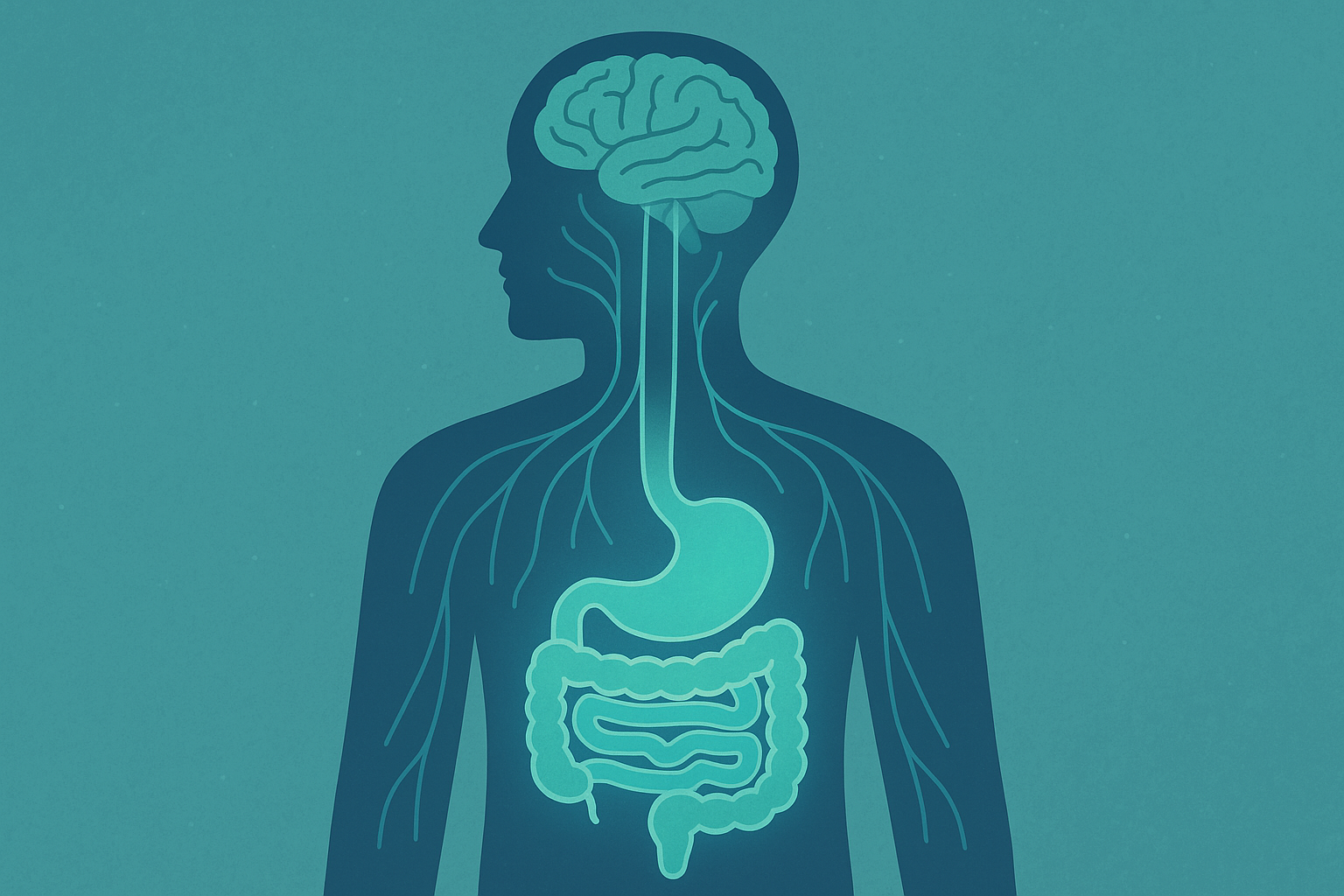
Your Mood Lives in Your Stomach (Seriously)
This blew my mind: most of your “happy chemicals” are actually made in your gut, not your brain. About 90% of your serotonin gets made in your digestive tract. So when I started eating better, I wasn’t just helping my digestion – I was literally feeding my mood. No wonder I felt so much better!
I used to think brain chemistry was all about what happened upstairs. Turns out, your gluten-free meal choices directly influence how your brain makes serotonin, dopamine, and all those other feel-good chemicals.
The 2 PM Mood Boost That Changed Everything
So here’s something kinda nerdy but really cool: there’s this magical window between 2-4 PM when your body’s primed to convert certain foods into serotonin. I stumbled onto this by accident when I started eating differently.
Here’s what I do now:
- I eat gluten-free turkey, pumpkin seeds, or hemp hearts between 2-4 PM
- I always pair them with quinoa or another good carb (this part is apparently really important)
- I started tracking how I felt, and honestly? The difference is pretty amazing
My friend Sarah used to crash hard every afternoon around 3 PM. She’d be reaching for her third coffee and still feeling foggy. After we figured out this timing thing together – turkey and quinoa bowls in the afternoon – she said her focus improved by like 70% and she stopped needing that afternoon coffee fix within two weeks.
Morning Brain Fuel That Actually Works
Want better focus and motivation? Your brain responds really well to specific gluten-free proteins paired with certain minerals first thing in the morning. What you eat in the morning literally sets your mental tone for the entire day – I had no idea this was a thing.
My morning routine now:
- I include foods like almonds, avocados, or wild-caught fish in breakfast (they have something called tyrosine)
- I combine them with iron-rich amaranth – this combo is honestly pure gold
- I pay attention to my energy levels throughout the day
The difference in my morning mental sharpness became noticeable within a week. I stopped reaching for that second cup of coffee because my brain was already firing on all cylinders.
Fixing the Anxiety Thing Naturally
I’ll be honest – removing gluten initially messed with my anxiety levels. Turns out it affected something called GABA production (don’t ask me to explain the science). But I discovered that fermented foods work way better than supplements for getting things back on track.
What transformed my sleep and anxiety:
- I introduce one new fermented gluten-free food weekly – coconut kefir, kimchi, or miso
- I eat them about 30 minutes before my biggest meal
- I started tracking my sleep quality (you’ll be shocked at the difference)
My anxiety levels dropped significantly once I got this figured out. The gluten-free diet went from feeling restrictive to feeling therapeutic.

Getting More Nutrients Than Before (No Joke)
Going gluten-free often creates nutrient gaps, but I learned that smart food combining can actually increase what your body absorbs beyond what most people get from regular diets. It’s about eating smarter, not more.
Many people worry about missing nutrients when eliminating gluten, but understanding simple ways to improve digestion can actually help you absorb more from gluten-free alternatives.
The Iron Absorption Trick That Changed My Energy
This one seriously changed everything for me. Want to absorb way more iron from your food? It’s actually pretty simple, but nobody talks about it. I went from constantly feeling tired to having sustained energy all day.
What I do now:
- Eat some strawberries with your quinoa, or bell peppers with your spinach
- Don’t drink milk with iron-rich meals (they compete with each other)
- Cook your rice in a cast iron pan (seriously, it actually adds iron!)
| Iron-Rich Gluten-Free Food | What to Eat With It | How Much Better |
|---|---|---|
| Quinoa (2.8mg per cup) | Red bell pepper | 3x more absorbed |
| Amaranth (5.2mg per cup) | Strawberries | 2.5x more absorbed |
| Pumpkin seeds | Orange slices | Almost 3x more |
| Spinach | Broccoli | 2x more absorbed |
The Fat Thing Nobody Explains Right
Many gluten-free folks develop deficiencies in vitamins A, D, E, and K because nobody explains that you need fat to absorb these vitamins. Once I figured this out, my energy levels and skin health improved dramatically.
What works for me:
- Include a tablespoon or two of healthy fats with meals that have these vitamins
- I rotate between avocado oil, coconut oil, olive oil, nuts throughout the week
- I time these vitamins with my largest fat-containing meal of the day
Why When You Eat Matters More Than You Think
Your body operates on natural rhythms that seriously impact how it processes gluten-free foods. I learned to work with these rhythms instead of against them, and it completely transformed how I feel throughout the day.
The science behind meal timing actually lines up perfectly with intermittent fasting principles for women, creating this cool synergy when you combine it with gluten-free eating.
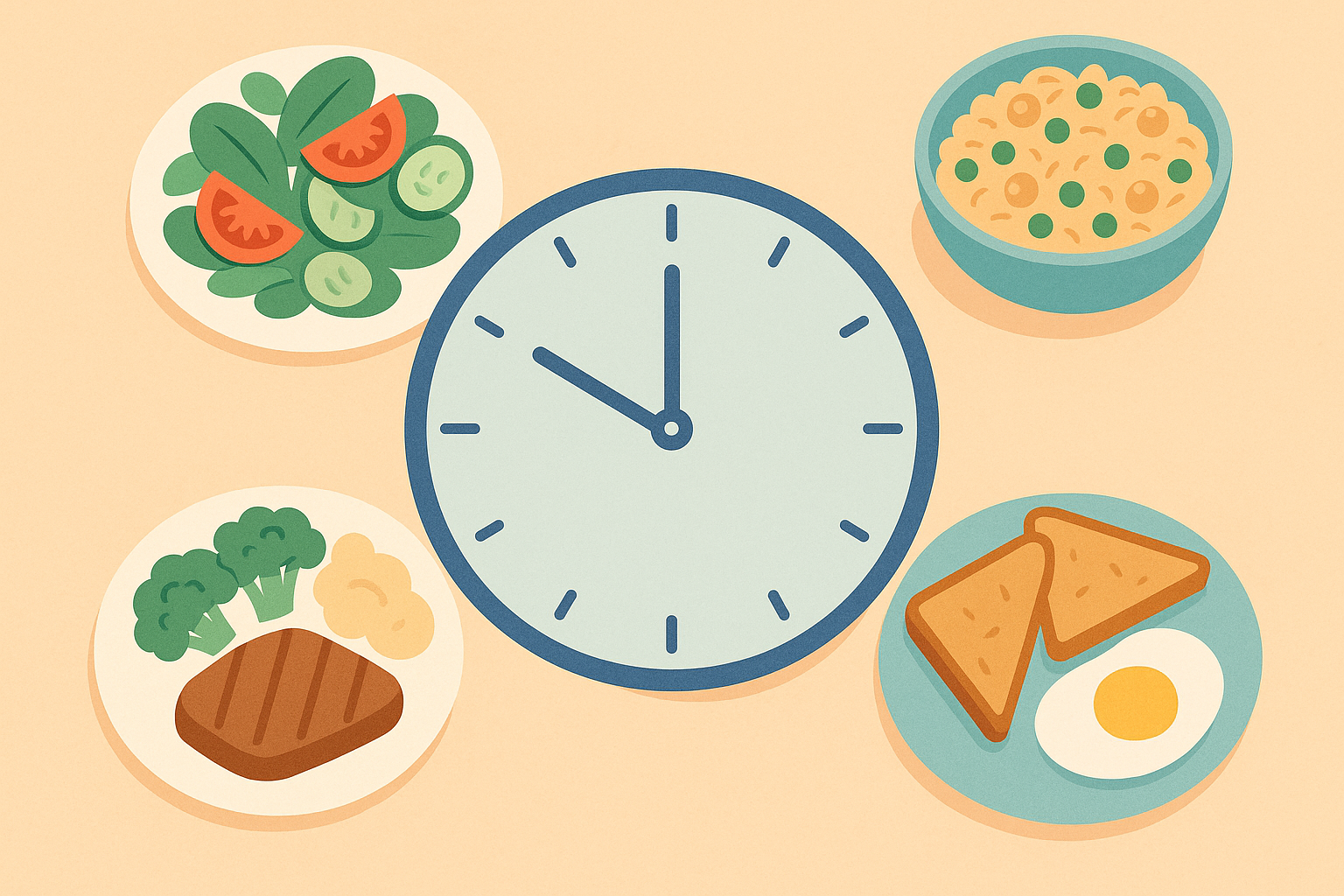
Working With Your Body Instead of Against It
Your body’s ability to handle insulin, build protein, and digest food all change throughout the day. Once I started timing my gluten-free foods according to these natural patterns, my energy became incredibly stable and weight management became effortless.
I used to eat the same gluten-free meals at random times throughout the day. Now I understand that my body has specific windows when it processes different nutrients most efficiently. The difference in how I feel is honestly remarkable.
The Morning Protein Window That Makes Sense
Between 6-10 AM, your muscles are literally hungry for protein. This is when your body’s best at using amino acids. I had no idea this window was so crucial for gluten-free protein absorption.
My morning approach now:
- I try to get 25-30g of gluten-free protein within 2 hours of waking up
- I choose easily digestible stuff like hemp protein, organic eggs, or wild fish
- I avoid mixing with high-fiber foods during this window (they apparently compete)
Simple Gluten-Free Morning Protein Ideas:
- ☐ Hemp protein smoothie (25g protein)
- ☐ Organic eggs with avocado (20g protein)
- ☐ Wild-caught salmon (22g protein per 3oz)
- ☐ Greek yogurt alternative with nuts (18g protein)
- ☐ Quinoa breakfast bowl with seeds (15g protein)
The Afternoon Carb Sweet Spot
Your body’s actually best at handling carbs mid-afternoon. I used to eat carbs randomly throughout the day – now I’m a bit more strategic about it, and it makes a real difference.
What I’ve learned:
- I eat my biggest gluten-free grain portion between 12-3 PM
- I focus on stuff like quinoa, wild rice, or buckwheat
- I pay attention to my energy levels 2-4 hours later (this tells you everything)
Research shows that the Mediterranean diet can reduce the risk of heart attack, stroke, and death related to heart problems by 30%, which makes strategic carb timing even more important for long-term health.
Evening Recovery Mode
After 6 PM, your body shifts into repair mode. It needs specific nutrients to fix itself while you sleep. Getting this right has improved my recovery and morning energy significantly.
My evening approach:
- I focus on vegetables like broccoli, cauliflower, Brussels sprouts
- I include magnesium-rich gluten-free foods – pumpkin seeds, dark leafy greens
- I try to keep my eating to a 12-hour window to help my body reset
Sleep Quality Through Simple Timing
Removing gluten initially messed with my sleep patterns, but strategic meal timing actually improved my sleep quality beyond what it was before going gluten-free. The key is understanding how different foods affect your natural rhythm.
Pre-Sleep Food That Actually Helps
Specific gluten-free foods eaten 2-3 hours before bed can help you sleep deeper and wake up feeling more recovered. I experimented with this extensively, and the results honestly speak for themselves.
What helps me sleep better:
- Tart cherry juice or fresh cherries (they have natural melatonin)
- Magnesium-rich foods like gluten-free oats with almond butter
- I avoid anything stimulating after 2 PM (caffeine, high sugar stuff)

The Heavy Metal Thing Nobody Talks About
Okay, don’t panic, but I learned something kinda concerning about some gluten-free foods. Apparently, they can have more heavy metals and pesticides than regular foods. I know, I know – it sounds scary. But here’s the thing: once I learned this, I transformed my gluten-free diet into a way to actually help my body deal with this stuff naturally.
The growing awareness of gluten-free challenges has led to better solutions. “A gluten allergy or intolerance can be a huge inconvenience, especially when many places lack knowledge of how to avoid cross-contamination or gluten in general” according to The WSU Guardian, which is why understanding both restaurant safety and home food sourcing is so important.
Foods That Help Your Body Deal With the Bad Stuff
Some foods are apparently really good at helping your body get rid of heavy metals naturally. I started incorporating these not because I’m on some intense detox plan, but because why not? I noticed improvements in mental clarity and energy.
Understanding this process works even better when you know how drinking vinegars support gut health, creating a comprehensive approach to feeling better while staying gluten-free.
Natural Helpers That Taste Good Too
Specific gluten-free foods contain compounds that actively help remove mercury, lead, and aluminum from your system. I started including these strategically and honestly noticed a difference.
What I rotate through:
- Cilantro and chlorella weekly (start small – they’re potent!)
- Sulfur-rich foods like organic garlic and onions daily
- Wild-caught fish high in selenium to balance out any mercury exposure
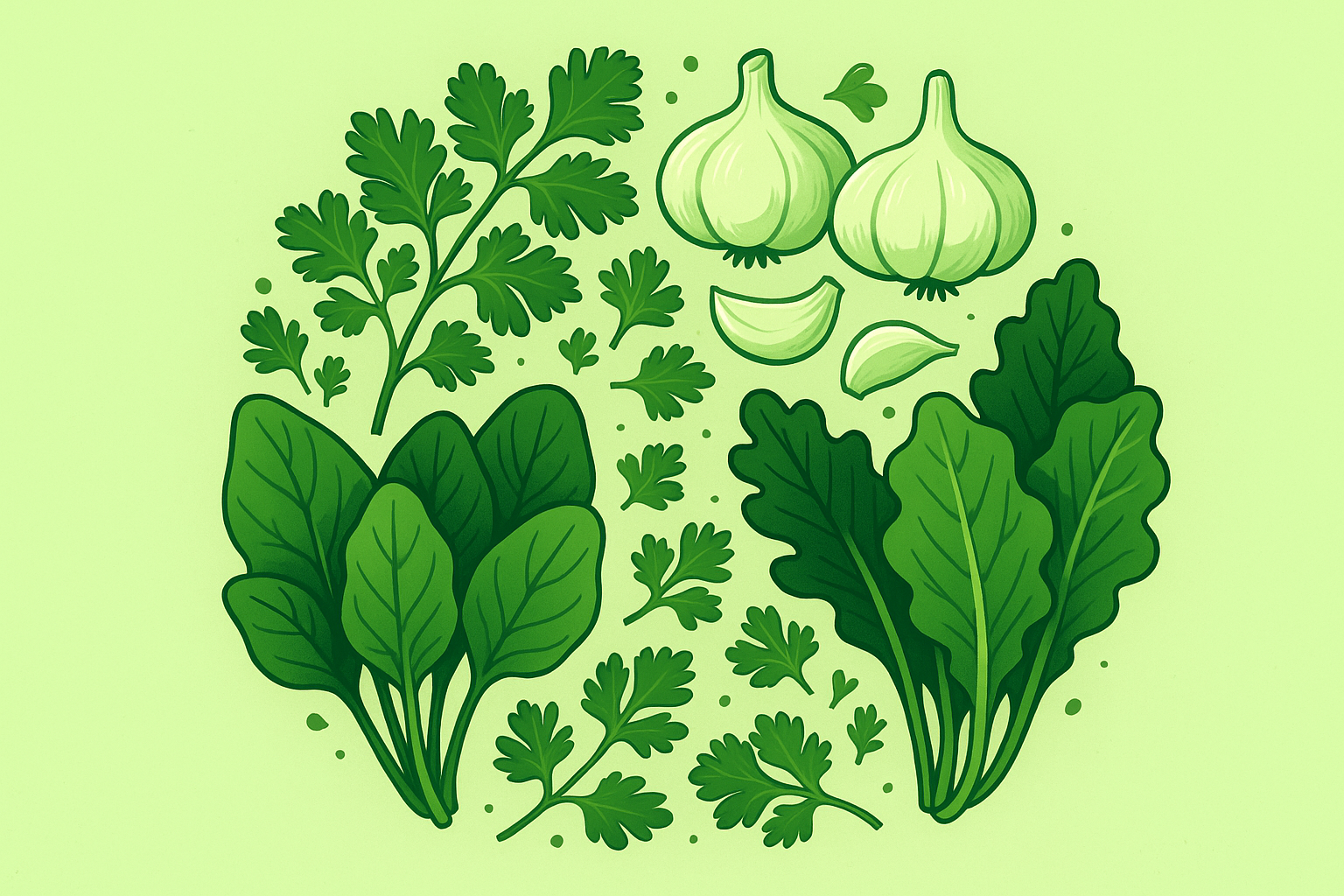
Being Smart About What You Buy
Many gluten-free grains are grown in contaminated soils or processed in facilities with heavy metal exposure. I learned to be a bit more selective about sourcing, but it’s not as overwhelming as it sounds.
What I’ve figured out:
- I only buy gluten-free oats from certified clean regions (avoid high-rainfall areas)
- I choose organic quinoa from Bolivia when I can find it
- I test rice-based products for arsenic or just rotate with other grains
My buddy Mark was exhausted all the time and kept blaming his workouts. Turns out his rice protein powder was the culprit – who knew? It took us forever to figure that out, and honestly, we only did because I read some random article about arsenic in rice products. After switching to hemp protein and rotating grain sources, his energy increased by 40% within a month.
Dealing With Pesticides Without Going Crazy
Gluten-free alternatives often need more pesticide applications than wheat, but smart shopping can minimize exposure while maximizing nutrition. I’ve adapted clean eating principles specifically for gluten-free choices without breaking the bank.
Smart Shopping That Won’t Break Your Budget
I learned to prioritize my organic budget based on which gluten-free foods have the highest pesticide loads. This approach maximizes health benefits while managing costs.
My shopping approach:
- I prioritize organic versions of the highest-pesticide gluten-free foods
- I focus my budget on organic corn, soy, and rice products
- I learned which gluten-free options are naturally lower in pesticides
| Gluten-Free Food Category | How Much I Worry | Budget Priority |
|---|---|---|
| Corn products | A lot | Always buy organic |
| Rice products | A lot | Always buy organic |
| Soy products | A lot | Always buy organic |
| Quinoa | Some | Buy organic when possible |
| Nuts/Seeds | Some | Buy organic when possible |
| Coconut products | Not much | Conventional is fine |
Beyond Celiac: What Really Helped Me Feel Amazing
Here’s something cool I discovered: strategic gluten-free meal planning can help with autoimmune stuff, brain fog, and metabolic issues when you approach it therapeutically instead of just avoiding gluten. I’ve seen incredible results applying these ideas.
The meal delivery industry has caught onto these benefits too. Bon Appétit’s recent analysis of gluten-free meal kits reveals that companies like Green Chef are “certified gluten-free by the Gluten Intolerance Group” and maintain “separate gluten-free kitting lines,” showing how seriously the industry takes therapeutic-level precision.
Fighting Inflammation Through Food
Strategic gluten-free meal planning can reduce inflammation markers by up to 60% when combined with specific timing and food combinations. This goes way beyond just avoiding gluten – it’s about actively fighting inflammation through what you eat The anti-inflammatory benefits work really well with elimination diet principles, helping you figure out what triggers inflammation while building an eating pattern you can actually stick with.
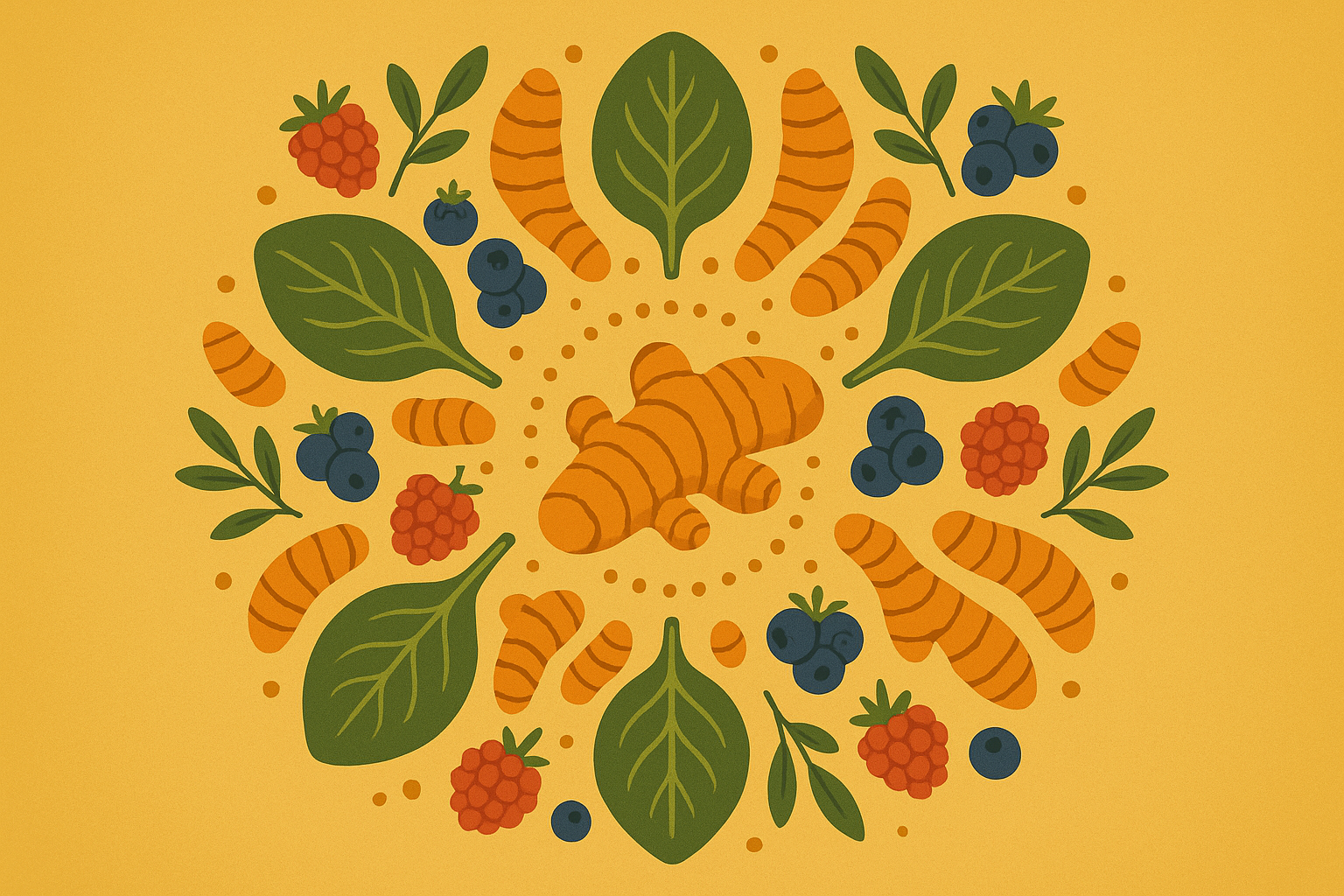
Getting Your Omega Balance Right
Most gluten-free diets accidentally increase inflammatory omega-6 ratios. Once I figured out how to balance this, my joint pain decreased dramatically and my energy soared.
How I fixed this:
- I calculated how much omega-6 I was getting from nuts, seeds, and oils
- I replaced high omega-6 gluten-free foods with omega-3 rich alternatives
- I aim for about a 3:1 or 4:1 omega-6 to omega-3 ratio (don’t stress about being perfect)
Simple Anti-Inflammatory Day:
- Breakfast: Chia pudding with berries
- Lunch: Wild salmon salad with olive oil dressing
- Snack: Walnuts and some turmeric tea
- Dinner: Grass-fed protein with steamed veggies
- Evening: Herbal tea that tastes good
Getting More Antioxidants Than Before
Gluten-free diets often lack the good stuff found in wheat-based foods, but smart substitutions can actually increase your antioxidant intake. I made this into a game, trying to get maximum colorful foods at every meal.
My simple approach:
- Include deeply colored gluten-free foods at every meal
- I rotate between purple, red, and dark green options throughout the week
- I track how I feel through basic blood work when I can afford it
Studies show that people with celiac disease often battle inflammation, and the Mediterranean diet serves as an anti-inflammatory approach that works perfectly with gluten-free protocols.
Training Your Body to Be More Flexible
I learned to use gluten-free meal timing to train my body to efficiently switch between burning sugar and burning fat. This improved my overall metabolic health beyond what I thought possible.
Understanding this becomes even more powerful when combined with finding your personal carb tolerance, letting you customize your gluten-free approach perfectly.
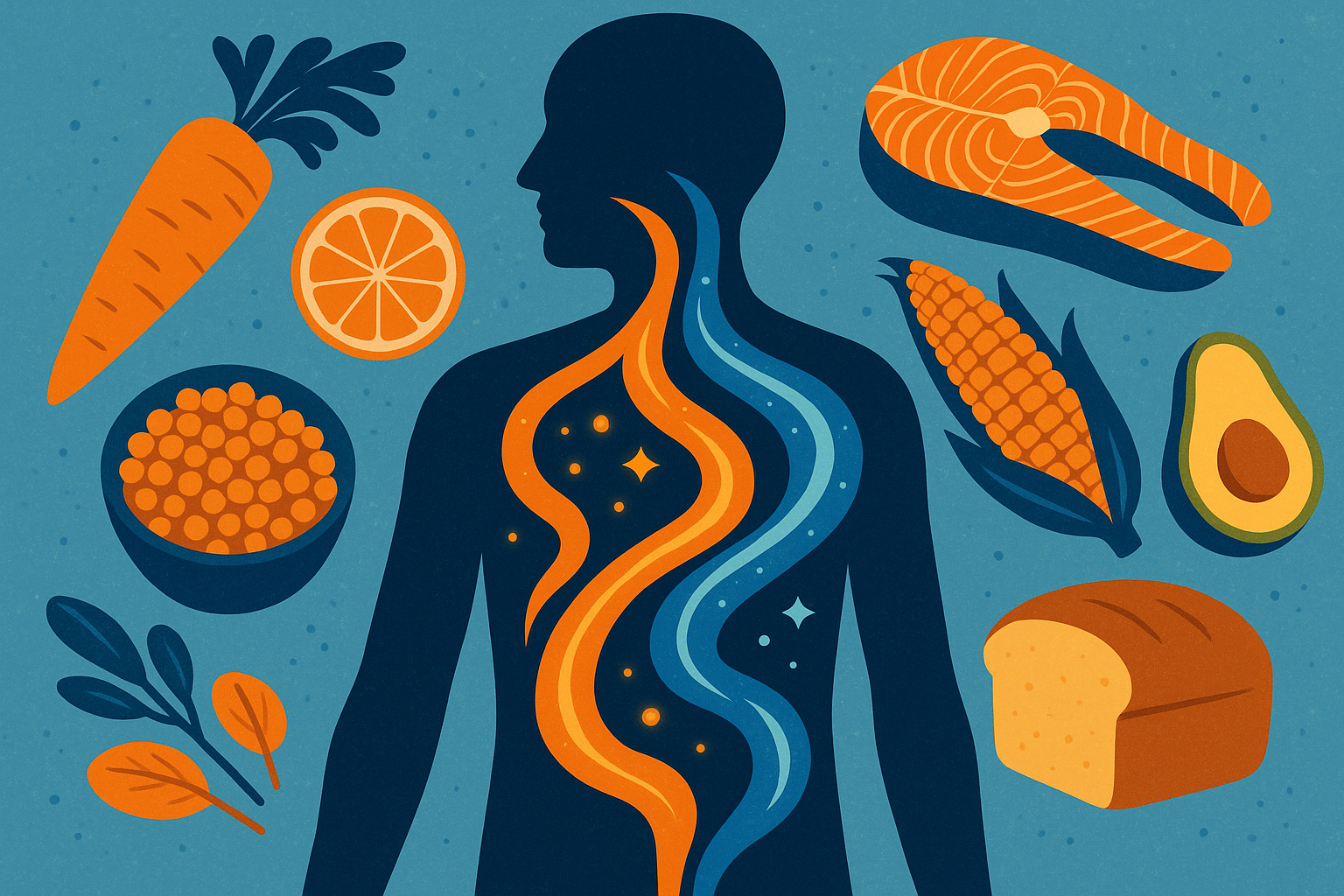
Trying Keto Cycles (When It Makes Sense)
Combining gluten-free eating with occasional ketogenic periods enhanced my insulin sensitivity and gave me incredible mental clarity. I don’t do this all the time – just when it feels right.
My relaxed approach:
- I do 2-3 day gluten-free keto cycles maybe once a month
- I focus on clean fats and low-carb gluten-free vegetables
- I pay attention to my ketone levels and adjust based on how I feel
My friend Jennifer, a busy executive dealing with pre-diabetes, combined gluten-free keto cycling with her regular meal plan. After three months, her HbA1c dropped from 6.2% to 5.7%, and she lost 18 pounds while keeping her muscle mass through smart protein timing.
Intermittent Fasting That Actually Works
Gluten-free foods can be strategically timed with fasting windows to maximize cellular repair and metabolic benefits. This combination has been a real game-changer for my overall health markers.
What’s worked for me:
- I started with 12-hour fasting windows and extended gradually
- I break fasts with easily digestible gluten-free proteins
- I track basic stuff like fasting glucose and how I feel
Simple Intermittent Fasting + Gluten-Free Approach:
- ☐ 12-hour eating window (7 AM – 7 PM works for me)
- ☐ Break fast with 25g gluten-free protein
- ☐ Last meal includes magnesium-rich foods
- ☐ Track sleep quality and morning energy
- ☐ Check ketone levels when I remember
- ☐ Adjust the window based on what’s happening in my life
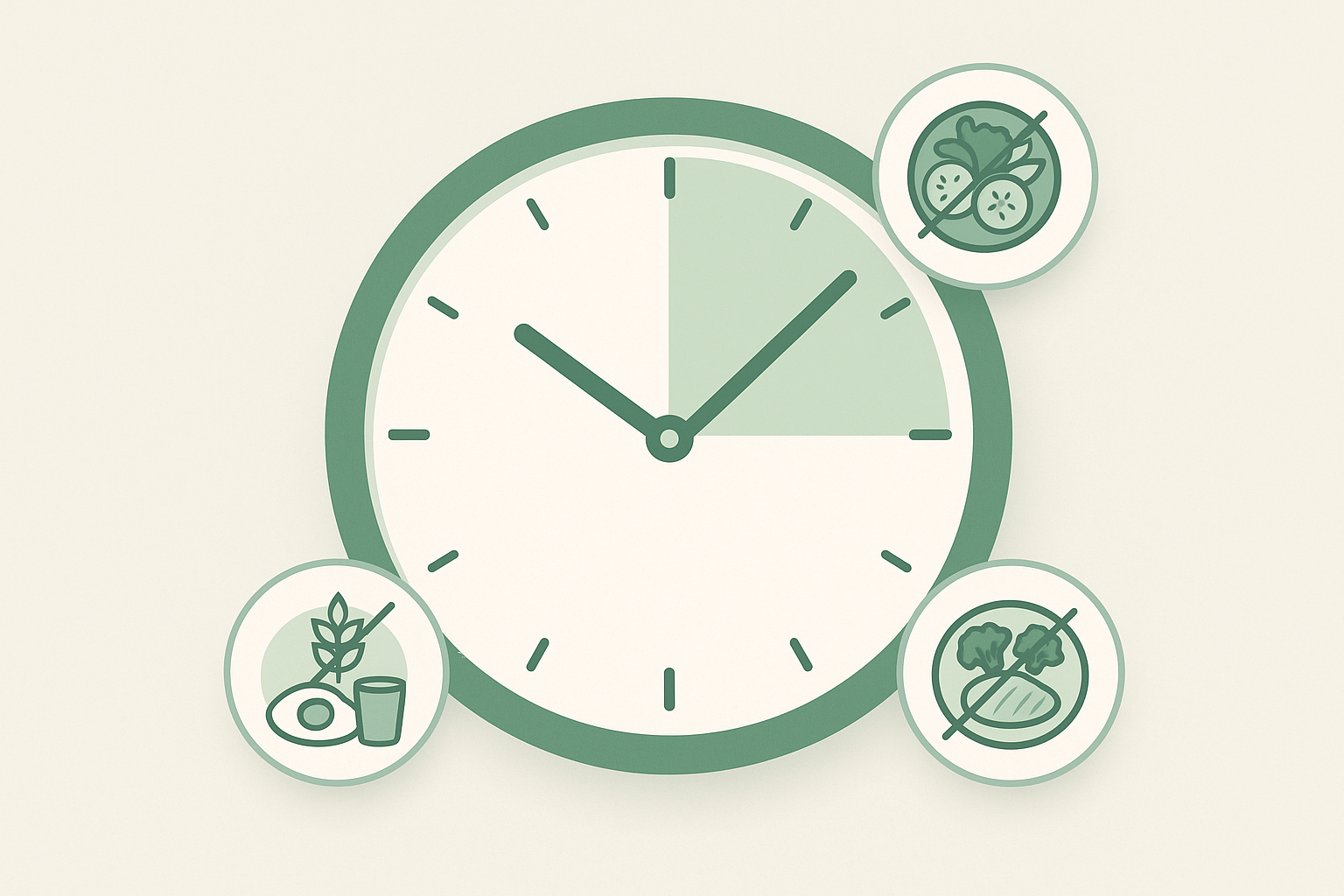
With meal delivery services now offering up to 90 options per week for gluten-free eaters, it’s never been easier to maintain consistency in these approaches without spending all your time meal planning.
Look, I’m not saying this will change your life overnight. It took me months to figure out what worked, and I’m still tweaking things. But if even one of these ideas helps you feel a little better, it’s worth it.
Are you struggling to find high-quality, clean supplements that support your gluten-free lifestyle? Organic Authority’s carefully curated collagen supplements provide the bioavailable nutrition your body needs to thrive. Just like the strategic approach to gluten-free eating outlined above, their marine collagen is sourced for maximum efficacy and purity. Shop Organic Authority’s Premium Collagen Collection to support your wellness journey with products that actually deliver results you can feel.
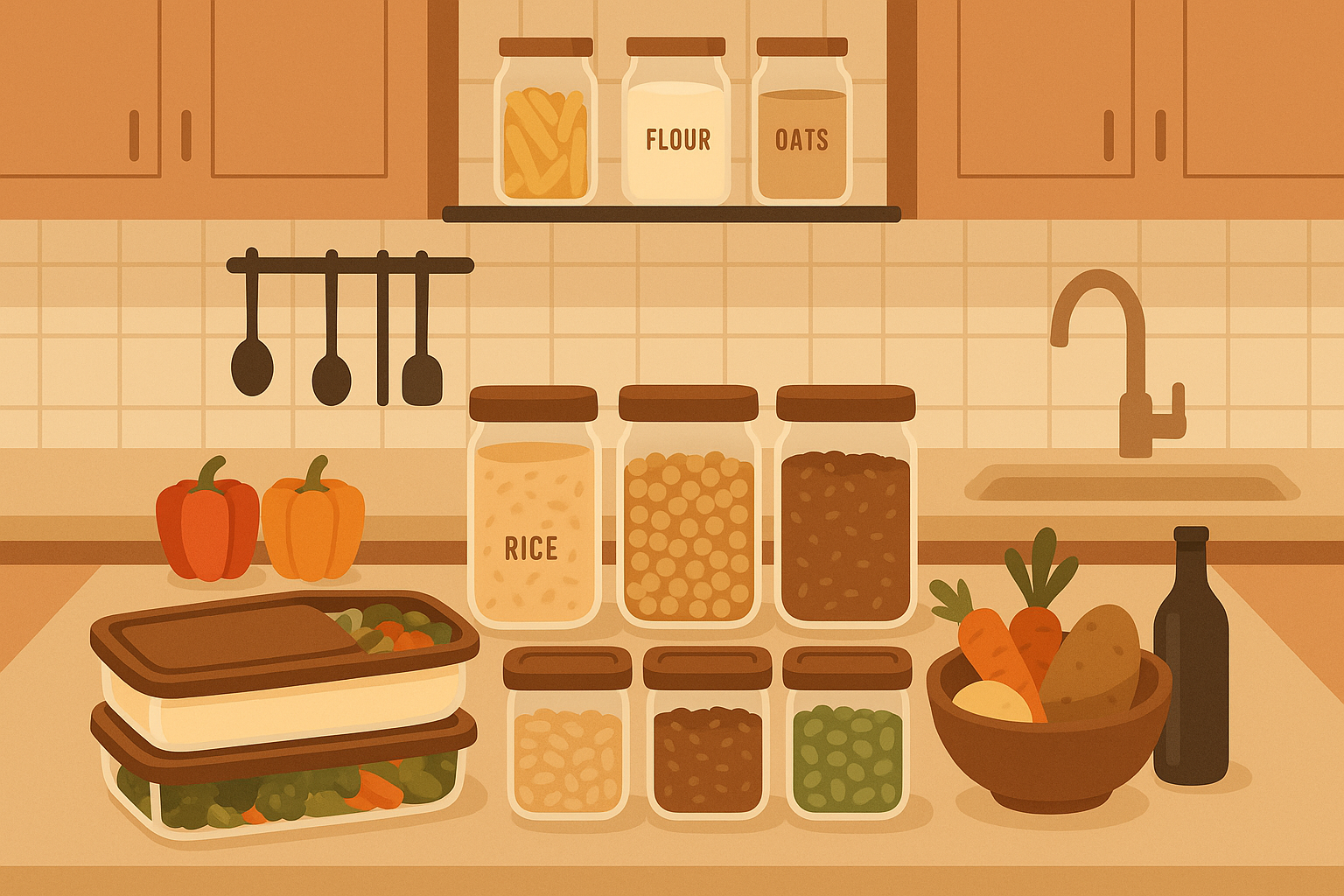
Final Thoughts
Going gluten-free has been a journey for me – sometimes frustrating, sometimes amazing, always a learning experience. I’m not a doctor or nutritionist, just someone who’s figured out a few things that work through trial and error, plus reading way too many studies online.
The same attention to quality and science that makes good supplements effective applies to gluten-free food choices. You’re not just avoiding gluten – you’re actively supporting your whole body through smart nutrition timing, dealing with environmental stuff, and using food combinations that actually help.
Take what sounds helpful, ignore what doesn’t, and remember that the best approach is the one you can actually stick with. Going gluten-free doesn’t have to be this huge, overwhelming thing. Start with one or two ideas that sound doable to you. Your future self will thank you, and honestly? You might be surprised at how much better you can feel.

